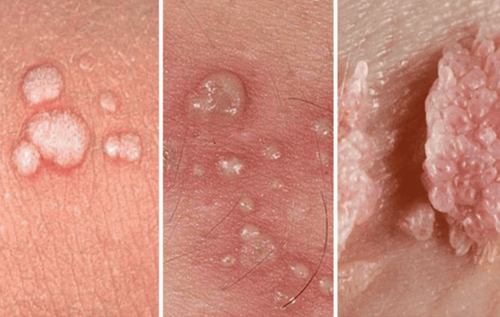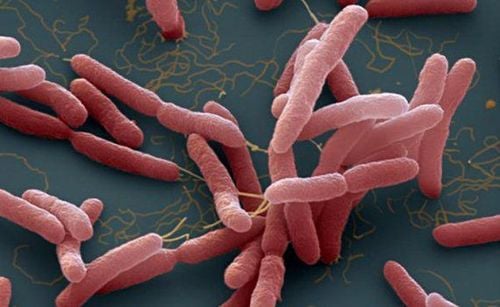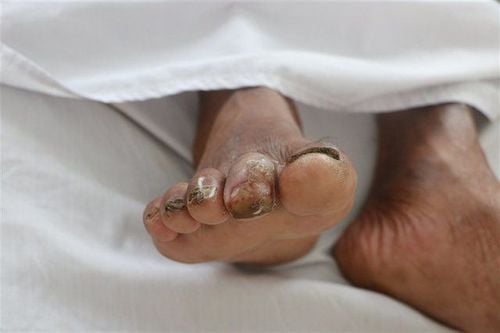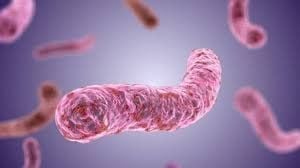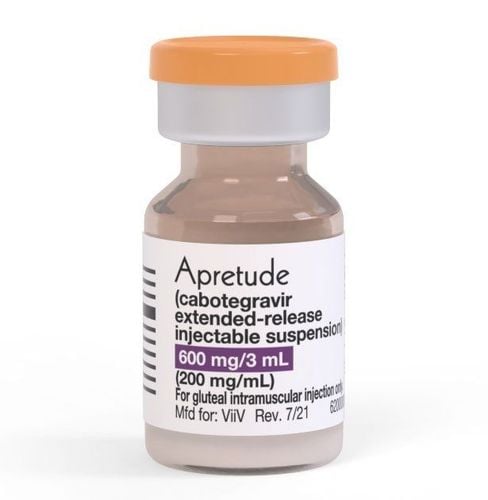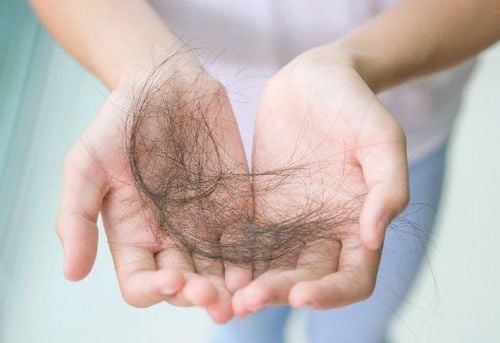This is an automatically translated article.
Prevention of Whitmore's disease can be done through cleaning the environment, timely disinfecting if there is a skin wound, immediately going to the doctor if suspicious signs are detected. There is currently no vaccine for Whitmore's disease.1. Is Whitmore's disease dangerous?
Whitmore's disease (Melioidosis) is caused by the bacteria Burkholderia pseudomallei living in the natural environment. Humans and animals can become infected by direct contact with soil and water surfaces contaminated with bacteria, by breathing in contaminated water or dust particles, or by drinking contaminated water. Risk of disease through direct contact with small scratches on the skin. The disease is rarely transmitted from person to person, but prevention of Whitmore's disease still needs to be ensured.
Whitmore's disease is very rare, does not break out into an epidemic, but the disease often progresses very seriously, the mortality rate is high, especially for people with chronic diseases. In Vietnam, Whitmore's disease was first discovered and described in 1925 in Ho Chi Minh City, followed by a number of cases in Hanoi and Hue. There are no exact statistics on the epidemiological situation of Whitmore's disease in Vietnam, although up to now, there have been recorded cases of patients in many localities across the country and hospitalizations for treatment at hospitals. the last line in Hanoi and Ho Chi Minh City.

Bệnh Whitmore tiến triển rất nhanh và nghiêm trọng đến tính mạng
Pathogenic bacteria when entering the body will penetrate inside the organs, most often in the lungs. In addition, internal organs such as the liver, kidneys, heart, muscles, skin, and digestive glands can also harbor bacteria. Whitmore's disease occurs at different ages, both in men and women, often seen in subjects whose occupations are in direct and frequent contact with soil and water. Besides, Whitmore's disease is also common in people with chronic diseases, such as diabetes, kidney disease, lung disease, long-term immunodeficiency,... Clinical manifestations of the disease are quite diverse. with symptoms such as skin sores, fever (various types of fever including fever, fever with chills or prolonged fever), urinary tract infection, pneumonia, respiratory failure, abscess in the liver, spleen , sepsis and multi-organ failure.
2. Diagnosis of Whitmore .'s disease
Diagnosis of Whitmore's disease needs to be based on clinical symptoms, especially with acute form, in addition to asking more information about medical history (recent scratches, trauma or not).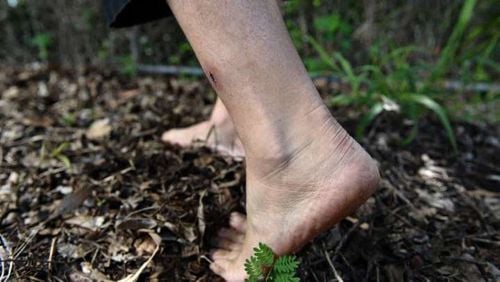
Khi xuất hiện các triệu chứng lâm sàng cùng với chấn thương trong thời gian gần nhất người bệnh nên thăm khám ngay
For accurate determination, it is necessary to take blood and pus samples (aspiration aspiration) to isolate and identify Whitmore bacteria, on that basis to make an antibiotic chart, from which to choose an antibiotic regimen. susceptible to Whitmore bacteria and apply treatment. When suspecting that a patient has a liver or lung abscess, it is necessary to conduct ultrasound, computed tomography or magnetic resonance imaging to support the diagnosis.
When detecting symptoms and suspecting disease, it is necessary to seek medical care as soon as possible at qualified medical facilities so that timely diagnosis and treatment can be given, with the right regimen, especially for Whitmore bacteria. had resistance to antibiotics. Chronic disease requires long-term treatment.
3. How to prevent Whitmore's disease
There is currently no vaccine to prevent or treat Whitmore's disease. Therefore, to prevent Whitmore's disease, people need to actively implement:
Limit contact with pathogens, including soil or muddy water, especially places with heavy pollution; Fully equip shoes, sandals and gloves for people who often have to work outdoors, avoiding direct contact with contaminated soil and water;
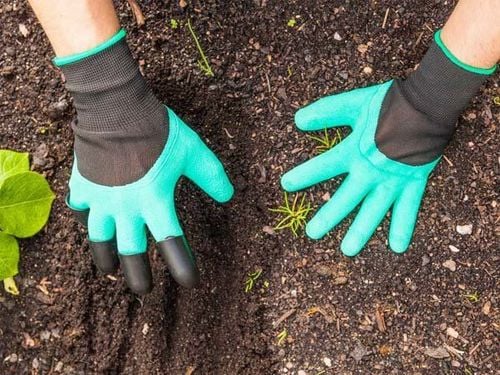
Sử dụng gang tay khi tiếp xúc với đất nhiễm bẩn phòng tránh bệnh whitmore
When there are open wounds on the skin, sores or burns, the patient should avoid contact with soil or water that is at risk of contamination and containing bacteria. If contact is mandatory, use a waterproof bandage and ensure that it is clean, rinsed before and immediately after contact; People with chronic diseases such as diabetes, immunodeficiency need to be treated stably, protect the lesions to prevent the risk of infection; If you suspect you have symptoms of the disease, you should go to a medical facility for examination, detection of pathogenic bacteria and timely treatment. Although rare and does not spread directly from person to person, prevention of Whitmore's disease still needs to be done to limit the possibility of serious symptoms of the disease, especially for those at risk. tall muscle.
Please dial HOTLINE for more information or register for an appointment HERE. Download MyVinmec app to make appointments faster and to manage your bookings easily.




